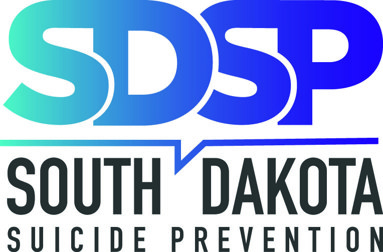The South Dakota Suicide Prevention Program is a comprehensive initiative aimed at reducing the rates of suicide in the state of South Dakota, United States. The program utilizes a multifaceted approach to address the complex factors contributing to suicide and promote mental well-being among individuals across various age groups.
The program is overseen by the South Dakota Department of Health and collaborates with numerous organizations, community partners, and individuals dedicated to suicide prevention. One of the key objectives of the program is to enhance public awareness and understanding of suicide, its risk factors, and available resources for help.
South Dakota Suicide Prevention
The South Dakota Suicide Prevention Program focuses on several key areas:
- Education and Training: The program offers educational initiatives and training programs to equip individuals, communities, and professionals with the knowledge and skills necessary to recognize the signs of suicide risk, provide support, and effectively respond to crises. This includes training in suicide prevention, intervention, and postvention strategies.
- Resource Development: The program actively develops and disseminates evidence-based resources, materials, and toolkits to various stakeholders, such as schools, healthcare providers, and community organizations. These resources aim to increase awareness, promote mental health, and facilitate early intervention.
- Collaboration and Partnerships: The program fosters collaboration among diverse stakeholders, including healthcare professionals, mental health organizations, schools, law enforcement agencies, and community leaders. By working together, these partners strive to create a unified approach to suicide prevention, share best practices, and coordinate efforts.
- Support Services: The South Dakota Suicide Prevention Program ensures that individuals at risk of suicide have access to appropriate support services. It helps connect individuals with mental health professionals, crisis hotlines, support groups, and other resources designed to provide immediate assistance and ongoing care.
- Data Collection and Surveillance: The program emphasizes the collection and analysis of data related to suicide rates, risk factors, and trends within the state. This data-driven approach enables the program to identify high-risk populations, monitor the effectiveness of prevention strategies, and guide targeted interventions.


